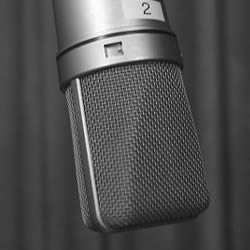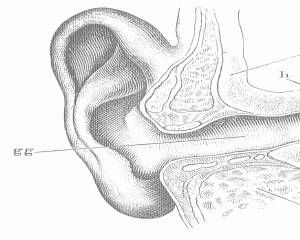By the quarter’s end, you should not only become familiar with some key moments in the history of sound reproduction, but also iteratively compile an audio e-portfolio and produce a remix (between ten and fifteen minutes in duration) of that e-portfolio’s content. Through that e-portfolio, remix, and all of the work in between, you should:
• Use audio (both your own recordings and those by others) as a persuasive form of evidence, which effectively appeals to the target audience(s) of your choice.
• Articulate, through specific examples, how a certain sound reproduction technology (e.g., the turntable, the phonograph, or the personal computer) has influenced—and been influenced by—the culture(s) in which it is (or was) embedded.
• Routinely circulate portions of your e-portfolio for feedback from me and your peers, while also helping others in the class enhance their own e-portfolios.
• Explain—in your own words—the media strategies and theory functioning in your e-portfolio, including why audio and listening are central to them.
• Synopsize your work for educated, non-experts, who may be unfamiliar with sound reproduction studies and/or the material of your project, by writing a 250-word abstract for your e-portfolio and remix.
These five learning outcomes for the course resonate with the four core learning outcomes for undergraduates in Interdisciplinary Arts and Sciences (IAS):
• Critical thinking,
• Collaboration and shared leadership,
• Interdisciplinary research, and
• Writing and presentation.
For more details on the IAS learning objectives, please see http://www.uwb.edu/ias/iasdegreeportfolio/ learningobjectives. I am happy to further discuss the objectives with you.
Also note that the IAS learning objectives are developed and documented through the IAS degree portfolio process, a process that begins with the program core course and concludes with the portfolio capstone course. For that reason, it is recommended that you retain all work from this course (with comments from me and your peers) for that final portfolio. No worries: throughout the course I will remind you to document, save, and “version†your work. That way, it should be easy to translate or transfer it into your IAS portfolio. Sound good?





[…] what’s a learning outcome in higher education? What are its […]
TrackBack URI